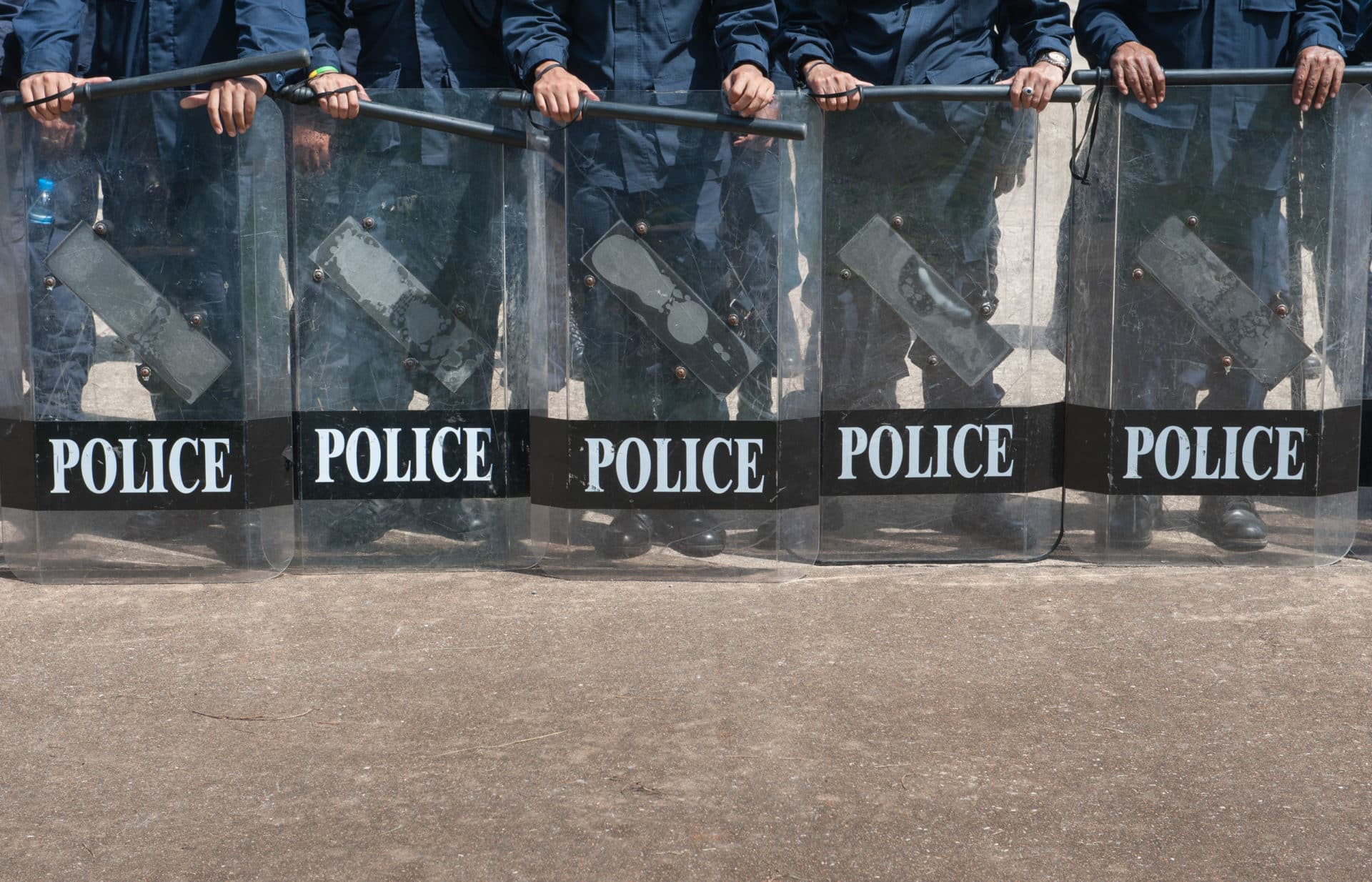Free Consultation
Free Consultation

The people of New York and across the country (and the world) are taking to the streets to make their voices heard. The problem is, police are responding – with greater force.
You can see examples of police using excessive force nearly everywhere. The New York Times reported that two police SUVs ran into a crowd of protesters in Brooklyn. NBC reported that another officer flaunted his weapon at a protest in Manhattan. The list of inappropriate police actions goes on and on.
Those who take to the streets in protest have questions that need immediate answers:
Here are the answers.
The police are bound by laws and standards of conduct. In the situations that have arisen lately, the standards of use of force are important to keep in mind.
In the broadest sense, the use of force by police is something that is permitted under specific circumstances, such as in self-defense or the defense of a person or group of people. While there is no absolute definition of the term, it’s universally acknowledged as the amount of effort required by police to get an unwilling subject to comply.
Use of force policies in New York and beyond are not in place to endorse, nor to prohibit, any certain tactic, method, or technique involving force. What does govern the policy is the idea of reasonableness — or the amount of force that is reasonable to use in a specific circumstance.
In New York, the use of force policy is meant to provide officers with the authority to use reasonable force but also to protect the public welfare. Officers are supposed to carefully balance the interests of all involved before using force.
Police in New York can use force reasonable when:
In order to act under the idea of reasonableness, they must judge:
Officers also have the duty to intervene if they observe another officer using force that they reasonably believe to beyond that which is reasonable in the situation. The goal is to prevent the use of unreasonable force in these situations.
As you’ve likely seen on the news, the policy regulating use of force seems a bit different than what is actually practiced during protests. That’s why it’s vital for any protestor or organizer to ensure they have legal counsel to help represent them if they’re falsely arrested or they feel that the police used unreasonable force against them.
As part of a protest, you have rights. These rights include:
Remember, the main job of the police is to protect your right to protest safely. If they escalate or cause violence, do not take this lying down. Police brutality is a serious thing but there are steps you can take to stop it.